More than 30 years ago, Professor, Hero of Labor Nguyen Anh Tri, former Director of the Central Institute of Hematology and Blood Transfusion, founder of Medlatec - then a graduate student - came up with a simple but passionate idea: to preserve the notes and comments of his instructors as treasures of his life.
From the pages of his thesis manuscript, he gradually nurtured a bigger dream: to build a place to preserve the intellectual heritage of Vietnamese scientists for future generations.
Currently, with more than 1 million valuable artifacts and documents of more than 7,000 scientists, the Vietnam Scientists Heritage Park is a place to preserve and spread the academic spirit and indomitable will of Vietnamese intelligence.
Recently, upon the proposal of Minister of Science and Technology Nguyen Manh Hung to build a memorial site to honor Vietnamese scientists, Professor Nguyen Anh Tri expressed his wish to donate the Heritage Park of Vietnamese Scientists to the State. His wish has been since he laid the first bricks for this project.
Thesis criticism opens up the shape of the heritage park
Professor, what inspired you to initiate the idea of building a Heritage Park for Vietnamese Scientists?
- The idea came to me quite early. Around 1993, when I was doing my PhD.
I really appreciate all your comments and suggestions on my thesis. Those comments left me with many thoughts. To me, these words are valuable not only for my thesis but also for my own life.
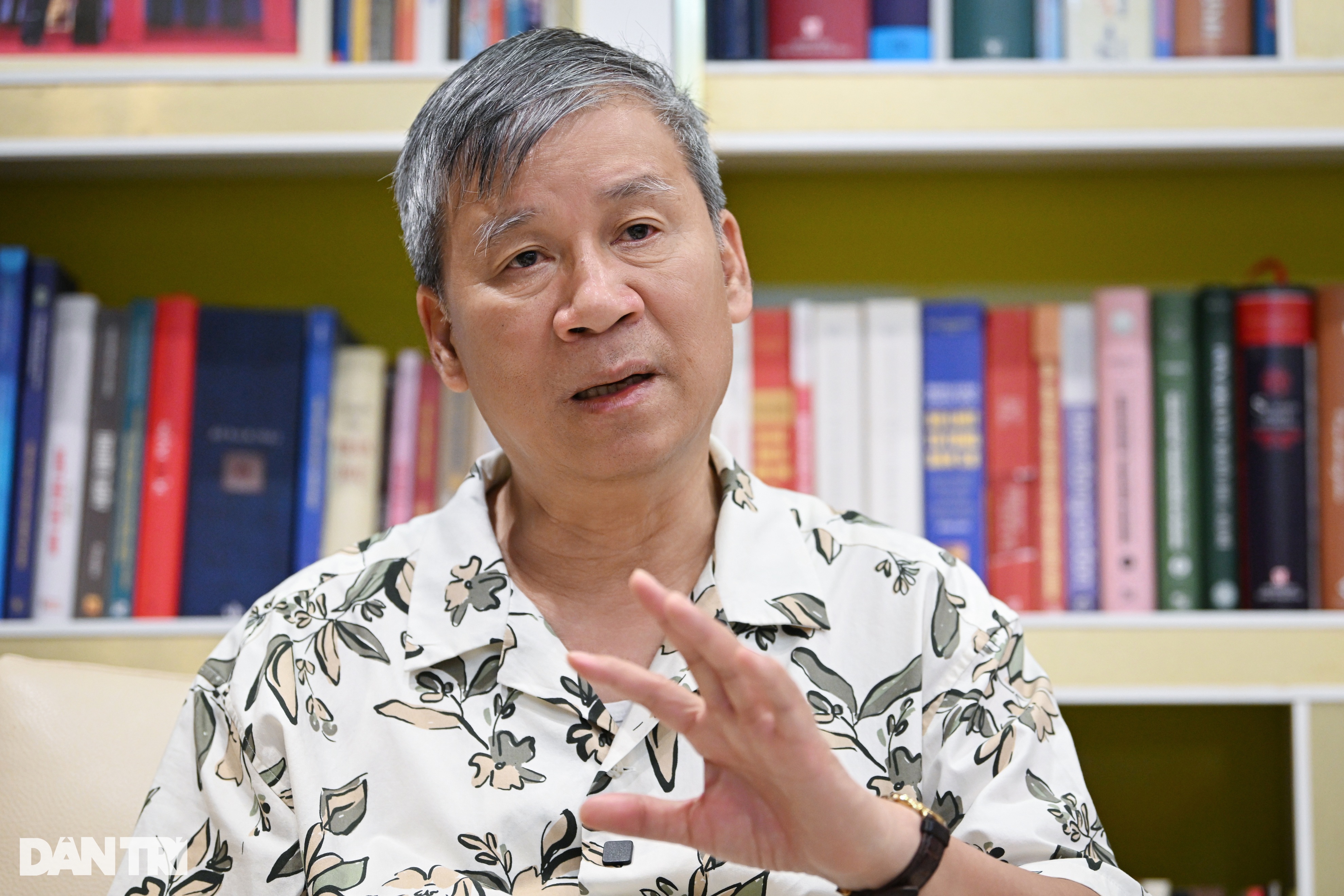
I want to make a place to preserve and conserve the legacy of scientists for the country.
So I decided to find a way to keep it for the long term.
And it's not just me who has such memories, but also many other graduate students in many fields.
From that thought, I came up with an idea: If I have the opportunity in the future, I will create a place to keep these valuable souvenirs, not only for myself, but also for future generations.
The idea of the Heritage Park of Vietnamese Scientists was born from such simple thoughts. I wanted to create a place to preserve and conserve the heritage of scientists for the country.
Then in 1996 we established a small laboratory called Medlatec. Through the development process, in 1999, with the support of my wife, children and colleagues, we were determined to carry out this idea.
After many difficulties and challenges, we now have Meddom, which includes two entities: the Vietnam Scientists Heritage Center (in Hanoi ) and the Vietnam Scientists Heritage Park (in Hoa Binh).
A place to preserve the legacy of more than 7,000 Vietnamese scientists

Heritage Park of Vietnamese Scientists in Hoa Binh .
What does Meddom have now, professor?
- Meddom consists of two entities: One is the Heritage Center of Vietnamese Scientists located in Hanoi. This is the place to work directly with scientists to receive donated documents and artifacts.
Second is the Heritage Park of Vietnamese Scientists in Hoa Binh, where the value of those documents and artifacts is preserved and promoted.
The park is about 34 hectares wide, with diverse terrain including streams, hills and flat areas. Here, we build dozens of items for museums, life skills education, exhibition activities, resorts, meetings...
To be more specific, in the Heritage Park of Vietnamese Scientists, there are also two entities, the Heritage Museum of Vietnamese Scientists and the Life Skills Education Center, which have been assessed and licensed to operate.
Meddom's signature book building.
To date, the museum has preserved more than 1 million documents and artifacts of more than 7,000 Vietnamese scientists, spanning many fields. In addition to preserving original artifacts, we also invest in digitizing data and building a digital museum to ensure long-term preservation and facilitate research and reference.
Up to now, the Park has been operating stably and is continuing to invest and complete many new items.
5 years of difficult beginnings
More than 1 million documents and artifacts of more than 7,000 scientists is a huge number. The journey to collect this priceless collection of artifacts from "0" must not be easy?
- It's a long story and also the biggest challenge when we started this job.
"We had a 5-year start in a state where, to be honest, scientists did not trust us," Professor Nguyen Anh Tri shared.
The challenge is that documents and artifacts are invaluable to each individual scientist. It is not easy for people to hand over those things, especially when we are a private unit, doing something that no one has done before. Sometimes, when we come to work, people just want to find a way to invite us back because the idea is so strange.
We had a five-year head start in which, to be honest, scientists did not trust us. That was natural. I am also a scientist, if someone came to ask for documents, I would have to consider it very carefully. We were still patient and determined to work.
Gradually, people saw that we worked responsibly and seriously. They also saw that Medlatec dared to invest properly. Most scientists had to come to the Heritage Center of Vietnamese Scientists in Hanoi to talk and review. Some scientists even went to the Heritage Park in Hoa Binh to verify whether what we did was real.
Then, trust was gradually built. Teachers were willing to donate documents and artifacts.
It can be said that our greatest success over the past 15 years has been to gain the trust of scientists and make them agree to donate artifacts. And that is also the decisive factor for Meddom's success today.
Could you share more clearly how the people at Meddom overcame difficulties in the journey of developing the museum, especially in the first 5 years when "we did not build enough trust" as shared?
The park is about 34 hectares wide, with diverse terrain including streams, hills and flat areas.
- From the beginning, we identified the human factor as very important. Meddom must build a systematic and long-term organization.
We organized the team and divided into 2 groups.
The first group is the team of experts and consultants. These are prestigious people. Many have professional qualifications in conservation and museums. Most importantly, they have passion, trust and want to accompany us.
We set up a council with about 30 scientists. The first chairman was Prof. Dr. Pham Minh Hac. He was very enthusiastic about this idea and considered it a job of great significance. Many other teachers shared the same thoughts and helped us a lot.
In particular, I must mention Associate Professor Dr. Nguyen Van Huy, former Director of the Vietnam Museum of Ethnology. Mr. Huy is a leading expert in the field of conservation and museums in Vietnam.
According to Professor Tri, human resources play a particularly important role in Meddom's development journey.
He helped us map out the right and effective development direction. In addition, he directly participated in gathering and training a team of young staff, guiding them to work professionally, and connecting us with scientists in many other places so that Meddom could operate smoothly, especially in the initial difficult period.
The second group is the staff working directly. Because this model has never existed in Vietnam, even as Professor Nguyen Van Hieu commented, there is no similar model in the world. So we have to learn mainly by ourselves.
We learn from experience as we go, constantly adjusting our approach to make it most suitable and effective.
The beginning was very difficult. Scientists were cautious, many were skeptical, but we worked persistently, invested seriously and showed responsibility in every little thing.
Vietnamese will through priceless artifacts
Can you share some of the particularly valuable artifacts that the museum is preserving?
- Currently, the Museum of Heritage of Vietnamese Scientists preserves many priceless documents and artifacts.
There were teachers who gave us dozens of unique handwritten diaries. In those diaries, we not only saw personal style but also the spirit of the country, the will and attitude of an entire generation of scientists in the historical process, especially the fight against destructive wars and the construction of the country.
The museum is storing the heritage of more than 7,000 Vietnamese scientists.
We were also presented with “100 years of Vietnamese history through storytelling” by Professor Van Tao, former Director of the Vietnam Institute of History. These are stories recorded by the teacher himself with a total duration of 8,000 minutes.
We have had the tapes removed and archived at Meddom. These materials are extremely valuable and interesting. I guarantee there are many stories that have never been published.
In addition, we were also given dozens of handwritten books, copies of documents from abroad by Vietnamese scientists during their years of studying and researching abroad. These documents are truly priceless. Students can see the example of perseverance and determination of previous generations just by looking at them.
Or there are teachers who give Meddom a birth certificate in Chinese characters, primary school papers in French and university degrees in Russian.
Professor Nguyen Anh Tri and Associate Professor Nguyen Van Huy at the ceremony of receiving the artifacts of Professor Hoang Phe.
In particular, we have the first doctorate in science in Vietnam, awarded by the former Soviet Union to Professor Thai Van Trung - a son of Quang Tri.
In addition to these artifacts, the museum also preserves many other valuable documents, which are difficult to list all at once. Recently, we have selected some of the most typical documents and artifacts that are being prepared for application for recognition as national treasures.
The people's priceless assets need to be returned to the people.
Meddom today is the result of a lot of dedication, effort and resources of the professor and his colleagues for nearly 2 decades. Why do you want to donate this valuable project to the state?
Donating Meddom was Professor Tri's wish from the beginning.
- Actually, not now, but from the very first days, I had the intention of donating the museum to the people.
Originated from a very normal thought.
Firstly, the more we work, the more we see the value of the documents and artifacts we collect. They are priceless heritages. In the Heritage Park of Vietnamese Scientists today, there are both tangible and intangible heritages, the crystallization of knowledge and dedication of many generations of scientists.
I always wonder: Whose is this?
These artifacts belong to scientists, and more broadly, to the people. No matter how much we do, we always remind ourselves that we are only doing the work of collecting, preserving, and storing the priceless assets of the people, and they need to be returned to the people, to promote their long-term value.
Second, these heritages are of great significance in recognizing and honoring the contributions of scientists, and at the same time, they play an important role in building the country. A country that wants to be civilized needs to have cultural depth. And more importantly, these heritages have great educational value.
I have seen many young generations visit the park, they have many emotions. But in the end, it is admiration and the desire to learn from the scientists who came before. Thus, visiting the park has created the motivation to study, strive, and want to follow the example of the scientists who came before, to contribute to the country.
Those are the three main issues that reinforce my idea that: Once you have done it, you must donate it back to the country to ensure its longevity.
Recently, when I heard Minister Nguyen Manh Hung say that he would propose that the Government build a memorial site to honor scientists and technologists who have made many contributions to the country's development, I was very happy and hope to soon implement it into reality.
On this occasion, through the Ministry of Science and Technology, I would like to donate the Heritage Park of Vietnamese Scientists to the country.
How does the professor expect the park to continue to develop when it is donated back to the State for management and operation?
- From the beginning, I made it very clear: When donating, it is a complete donation, without any conditions.
"Our greatest wish is that the State will continue to preserve the scientists' valuable artifacts well," Professor Tri shared.
I don’t expect that when the park is handed over to the State, it will have to be operated exactly the way we are doing it. Because even for us, when operating a project like this, we need to be flexible, constantly updated and innovated.
Donating Meddom is considered by me as a joy and happiness.
Our greatest wish is that the State will continue to preserve the very valuable artifacts of scientists very well.
The park was developed to contribute to the country culturally, touristically and economically.
The third issue is about educating the younger generation. Whoever manages it, I really hope this heritage park will continue to do that.
Vietnam is very special
The professor emphasized the issue of education. So through the Heritage Park of Vietnamese Scientists, what do you and your colleagues hope to convey to today's young generation?
- We want to convey many things to the young generation. Come to Meddom, you should look at Vietnamese scientists to see the very special examples of studying, working, and scientific research of Vietnamese people.
It is very meaningful for children to have direct contact with such heritage, not only for today but also for the future.
Many famous scientists came from working class families, from poor rural areas. Some of them did not have the opportunity to study when they were young and had to work for landlords.
There were also many people who put their writing aside to join the revolution, then continued to study and still rose to become great scientists.
Vietnam is very special.
Like hero Nguyen Van Bay — only studied for 7 days, from grade 3 to grade 10, then went to the (former) Soviet Union to study and became a pilot, shooting down many enemy planes. It was truly beyond imagination.
Vietnamese scientists have succeeded with determination and perseverance in overcoming all difficulties and hardships. They have both participated brilliantly in the struggle to protect the country and achieved great scientific achievements.
For example, the famous dry liver surgery of Professor Ton That Tung. Until now, the world still applies it. Originating from the fact that Vietnamese people often have worms crawling into the bile duct, he researched to find a treatment and from there developed the dry liver surgery technique, not only treating liver diseases caused by worms but also many other liver diseases, especially cancer.
From a liver surgery that took 8 hours with dozens of people, he reduced it to only 8 minutes to remove the liver tumor. An achievement that no one had done at that time.
We must learn from such examples.
In fact, the Heritage Park also has a very important entity, the Life Skills Education Center. Based on the reality, the Ministry of Education and Training, when visiting, realized that there were many valuable documents and artifacts here. They proposed to us that we should build a center to organize life skills education for students.
They commented that there are no better conditions than here, because when educating children, there are original documents and artifacts to demonstrate, making learning more vivid and convincing. After that, we built the Life Skills Education Center.
Currently, the park welcomes more than 10,000 visitors each year, with peak years reaching 35,000 people. Of these, 60-70% are students coming to visit and study. I believe that it is very meaningful for them to have direct contact with such heritage, not only for today but also for the future.
Thank you professor for the chat!
Source: https://dantri.com.vn/khoa-hoc/gs-nguyen-anh-tri-hien-tang-cong-vien-di-san-khoa-hoc-tam-nguyen-2-thap-ky-20250605213928241.htm


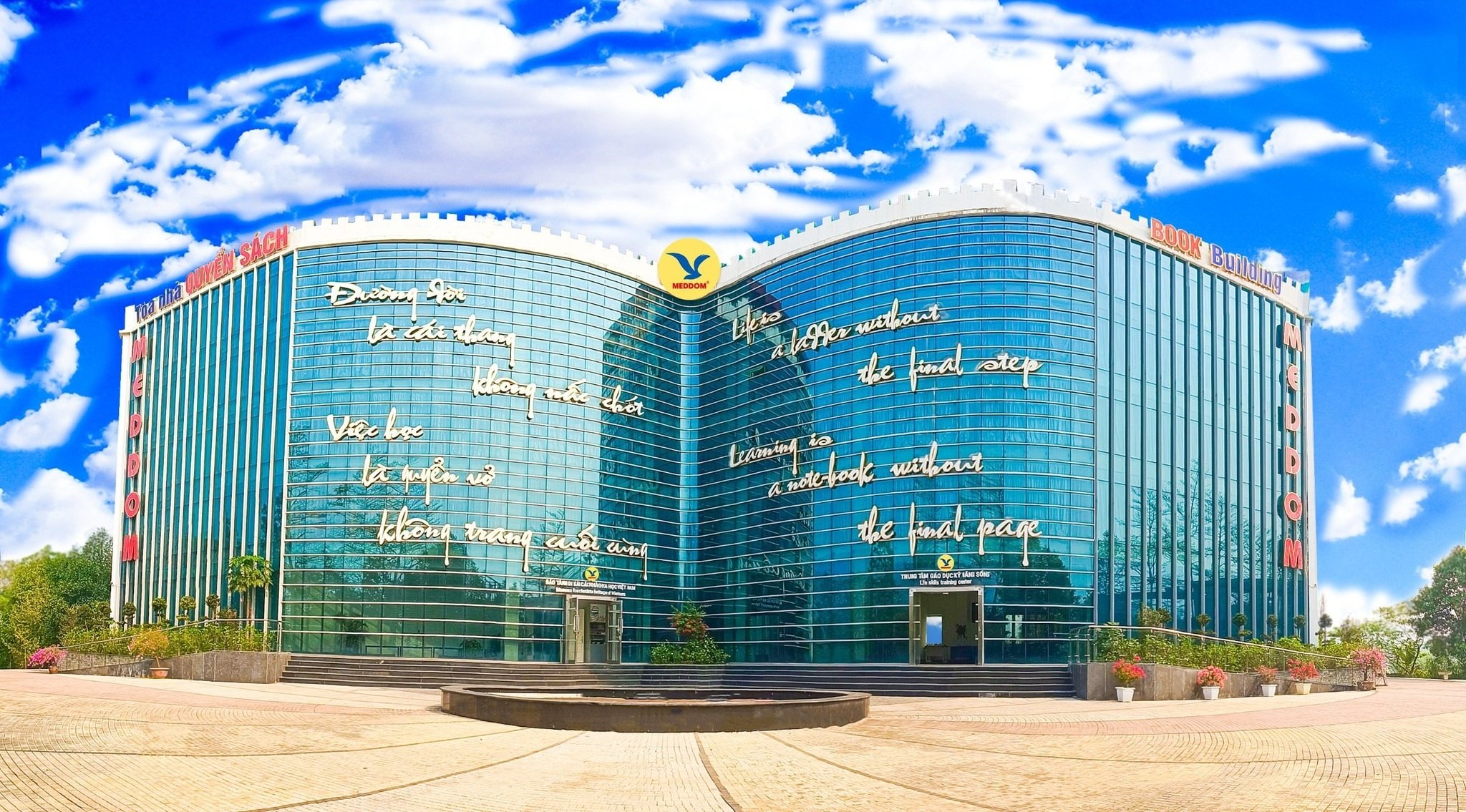
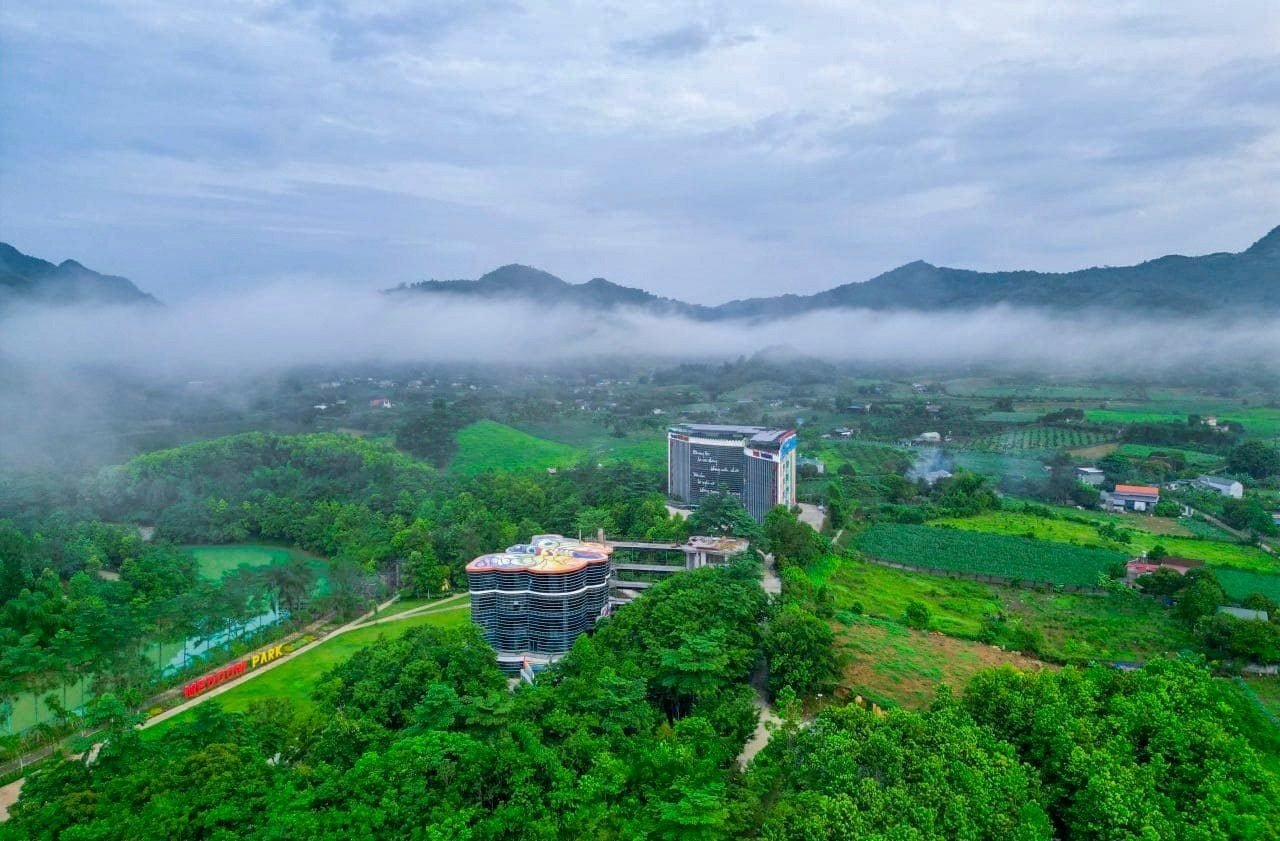
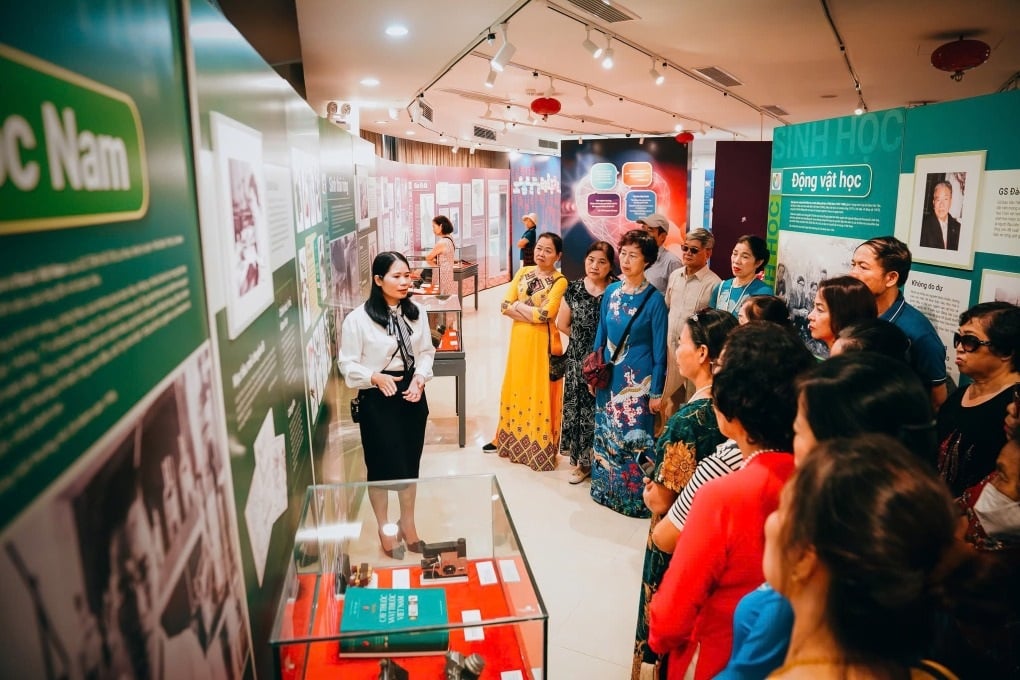
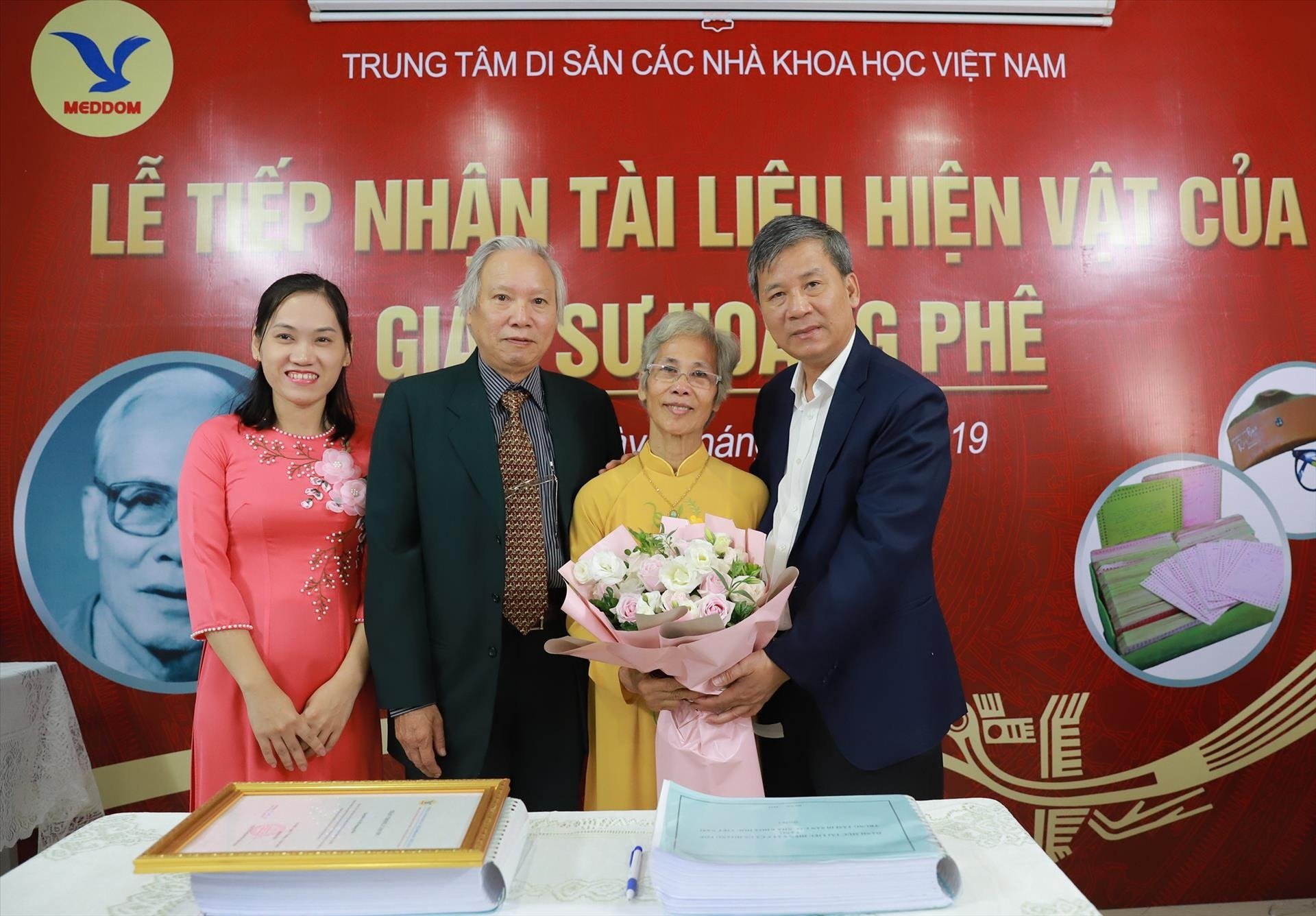
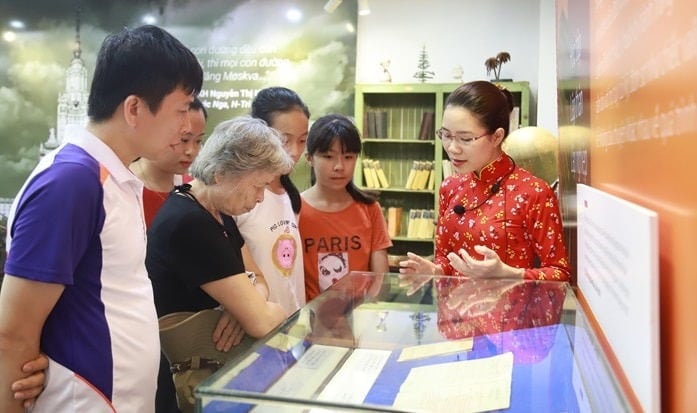






















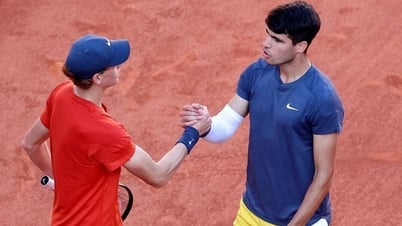
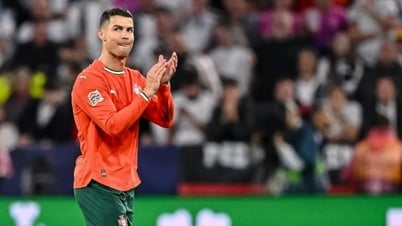

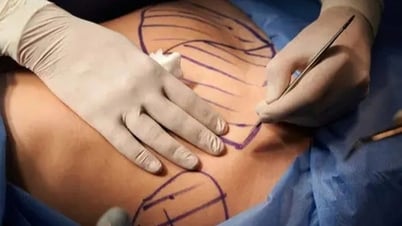
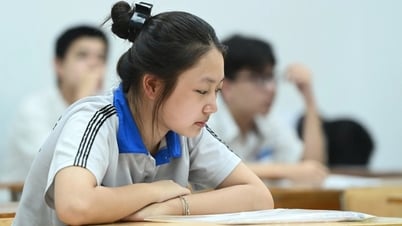





















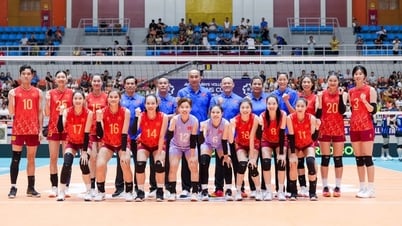
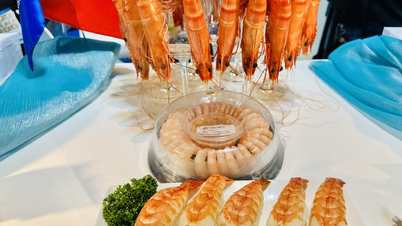

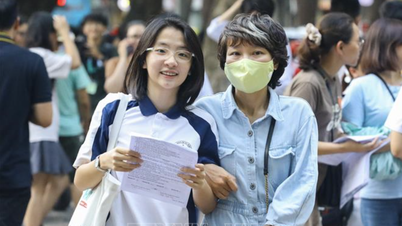








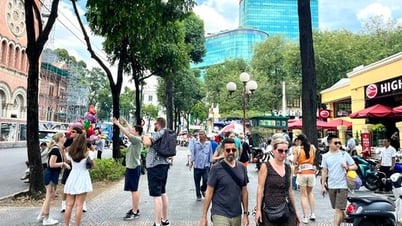
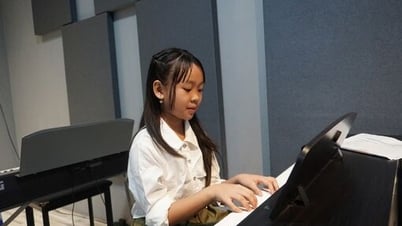

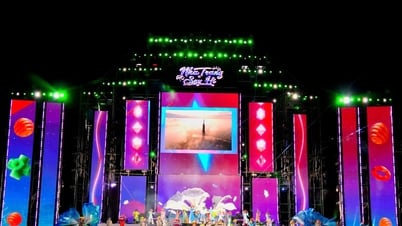



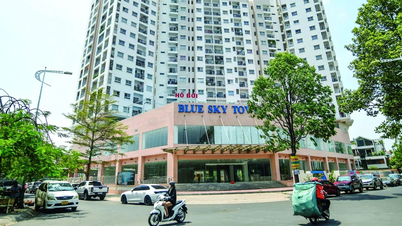

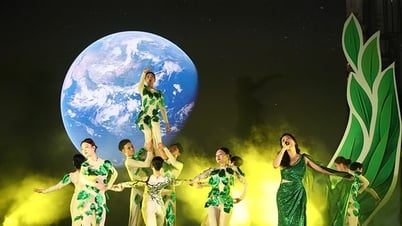
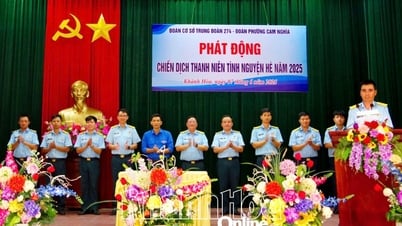








![[OCOP REVIEW] Tu Duyen Syrup - The essence of herbs from the mountains and forests of Nhu Thanh](https://vphoto.vietnam.vn/thumb/402x226/vietnam/resource/IMAGE/2025/6/5/58ca32fce4ec44039e444fbfae7e75ec)



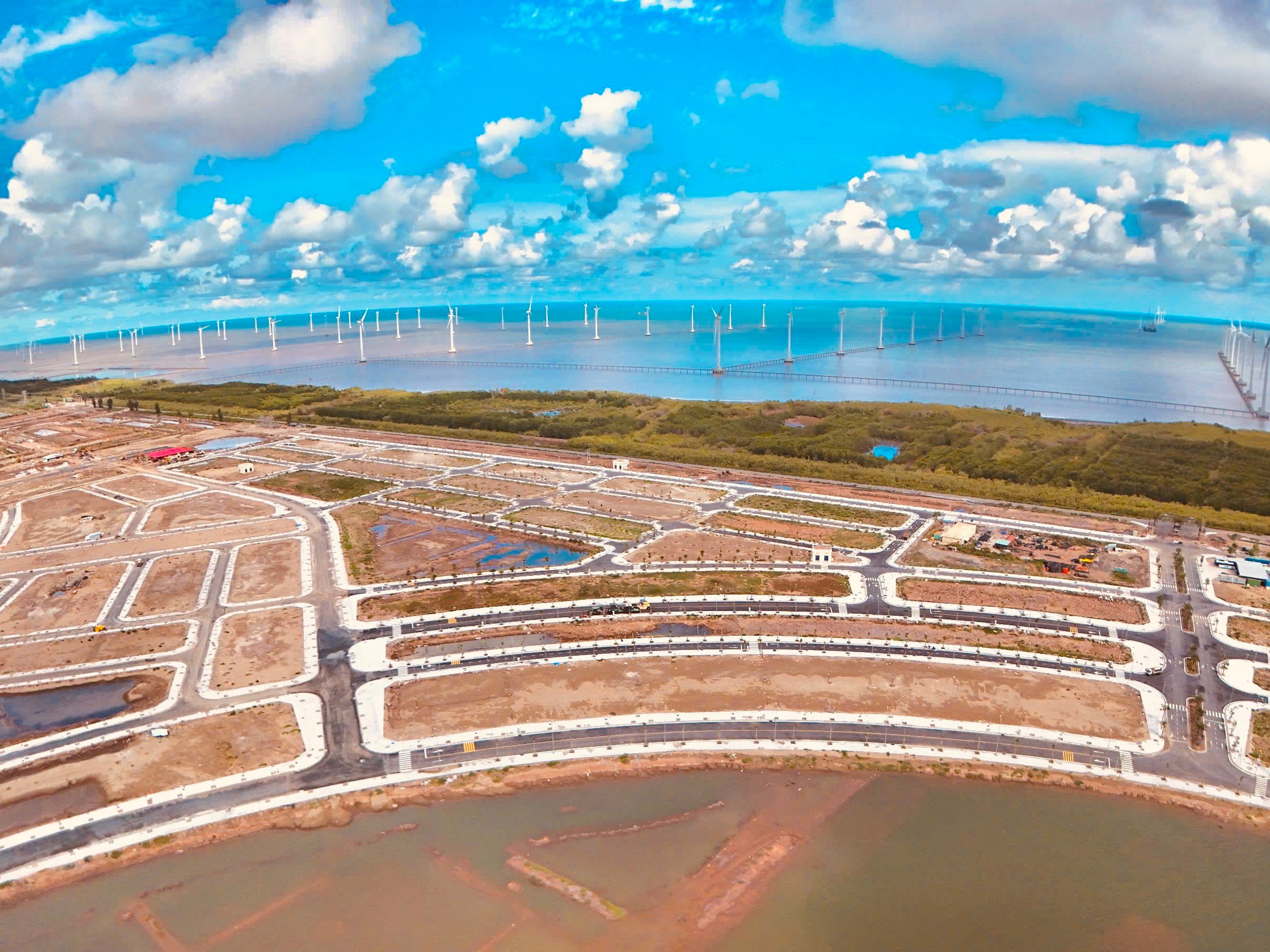
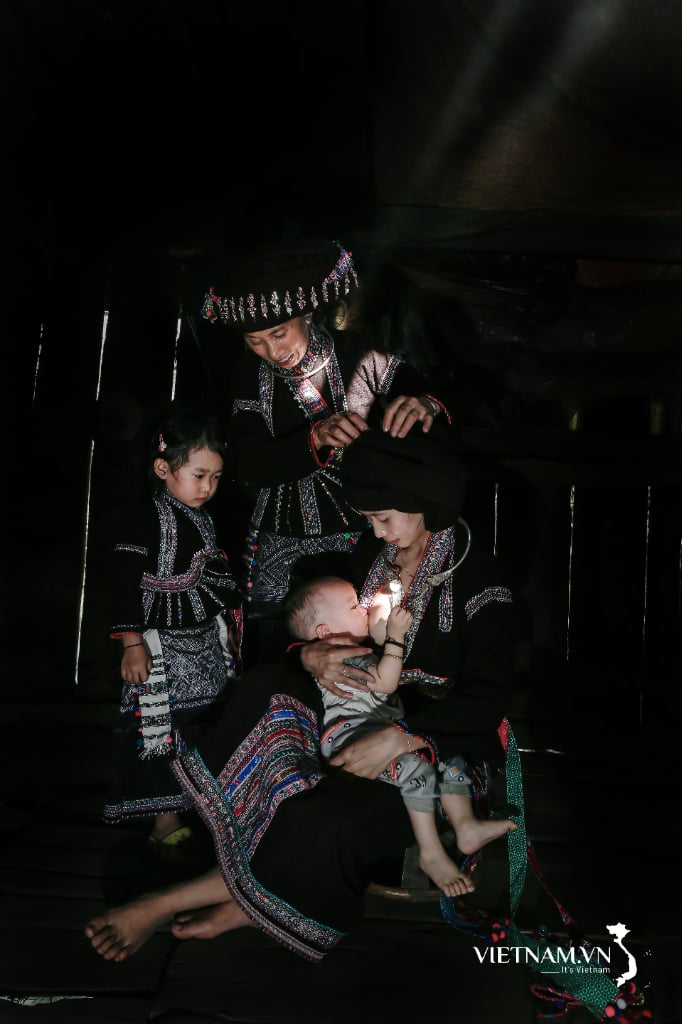
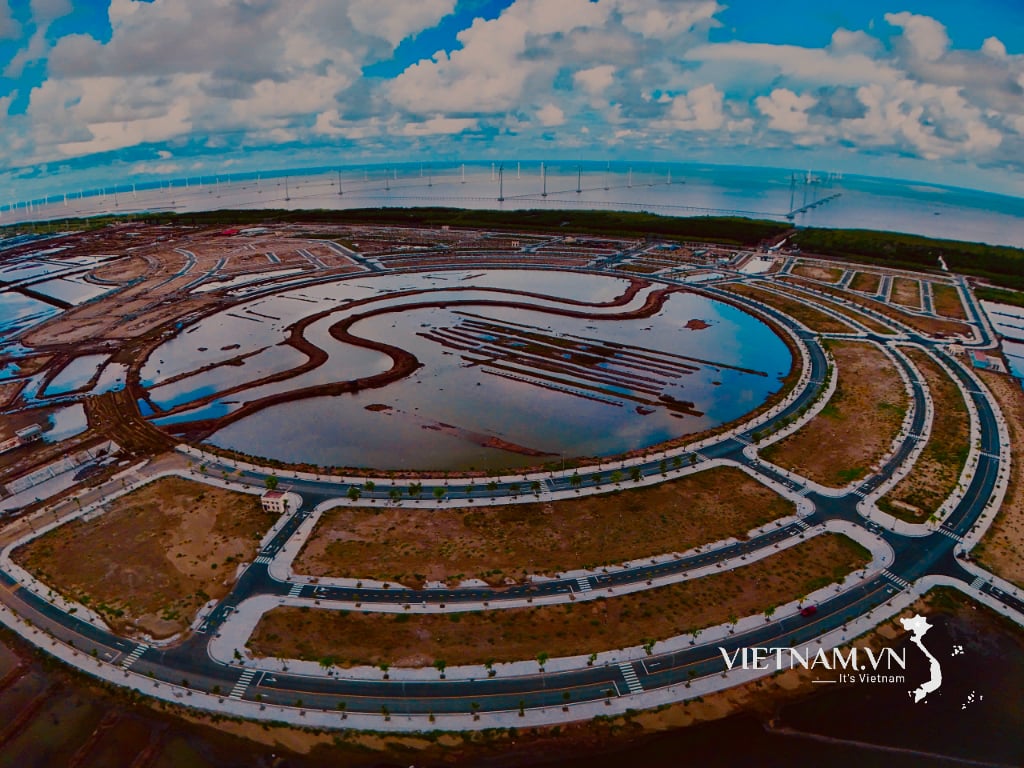
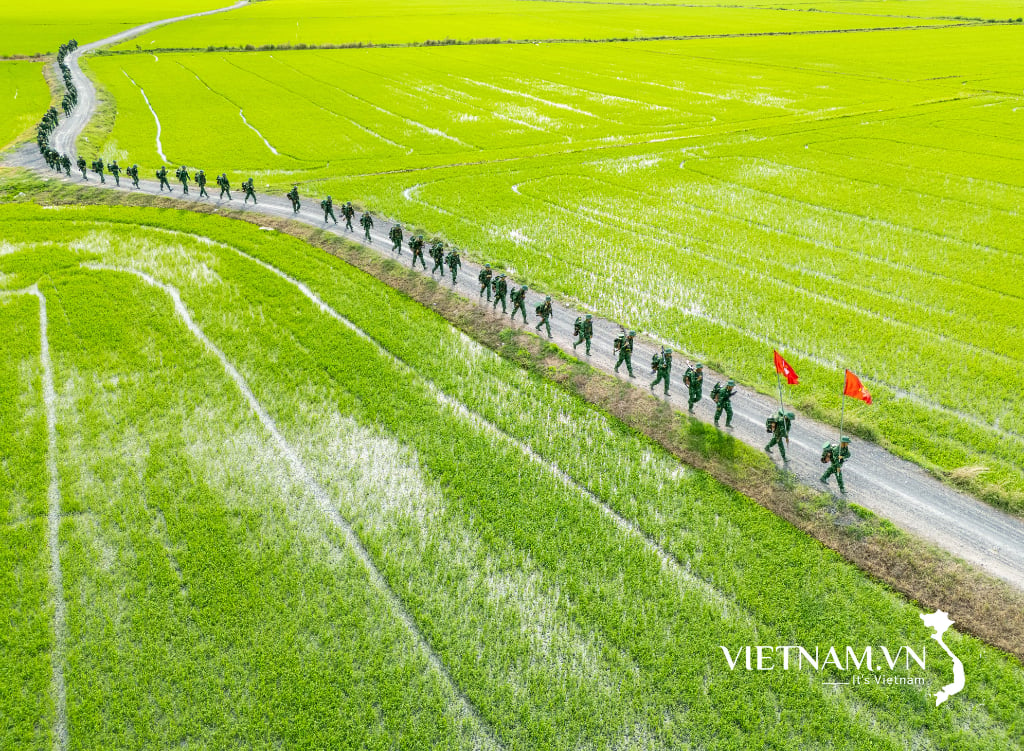
Comment (0)